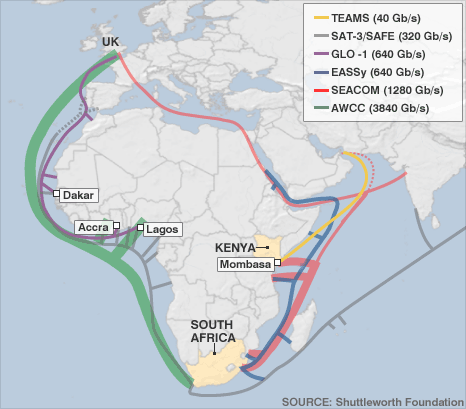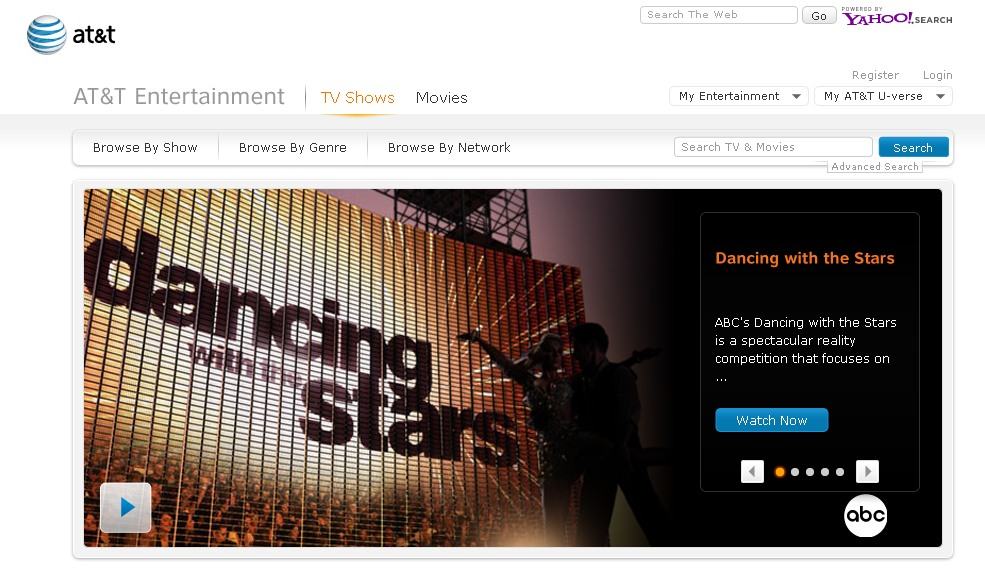Mark Cuban is on another tear this week. Stop the Cap! reader Michael referred us to the latest. This time it’s TV Everywhere, the cable industry’s answer to online video they get to own and control.
TV Everywhere is a concept put out by TV distributors that basically says that if you pay for cable or satellite, you should be able to watch the content you want, where you want. Everywhere. To some people this is not a good idea. As is always the case, many people think tv programming should be widely available for free on the internet. Of course the content is never free. Someone has to pay to create it and we purchasers of cable and satellite services pay the subscription fees that pay the content companies and allow them to create all that content. Someone always must pay for free. Its unfortunate that there are some incredibly greedy people who think their entertainment needs should be subsidized. We aren’t talking healthcare, we are talking The Simpsons. No one in the country has the right for their Simpsons to be subsidized.
I am uncertain why Mark is tilting at windmills here, fighting a battle with arguments that are beside the point.
He should know, as an independent programmer, permitting another cartel for video program distribution online has the potential to place control of that content in the hands of the pay television industry. Agreements to carry a cable network on a cable system could easily become contingent on participation in TV Everywhere once it becomes more established. Mark knows all about restrictive carriage agreements. Some of his networks were trapped in a mini-premium HD tier on Time Warner Cable, despite his wishes to see them a part of the general HD lineup. Once Time Warner Cable threw his networks off their cable systems nationwide, presumably so would go our online access to it as well.
For consumers, the basic concept of TV Everywhere seems like a positive development, if it brings online video content people want to see without charging them yet another fee on their pay television bill. Consumers, raise your hand if you have a problem with more online video.
In fact, the loudest concerns about the entire endeavor these days are coming from the content producers and owners themselves. They are the ones worrying about giving content away.
The Wall Street Journal chronicles the concerns:
While 24 networks are taking part in the Comcast trial, including Time Warner’s Turner cable networks, broadcaster CBS, AMC, BBC America, and Hallmark Channel, Walt Disney Co. (DIS) has so far avoided the “TV Everywhere” experiment because it doesn’t offer the Disney networks enough money in return for allowing their shows to be streamed over the Web.
“A new opportunity to reach consumers is very attractive … [but] we want to do so in a way that delivers proper compensation [to us] for that value,” said Disney Chief Financial Officer Tom Staggs, who spoke at the Goldman Sachs media conference on Tuesday.
That brought out Jeff Bewkes, Time Warner CEO, who scoffed at the demands for compensation. Bewkes reminded Disney who is paying the bills.
“[The content providers are] not the ones who are going to the effort and expense of making this possible,” he remarked. “The ones that are making this possible are the distributors – the telcos, the satellite companies, the cable companies.”
Second, nobody is arguing that TV programming should be given away “free” online with absolutely no compensation. The existing online video models are primarily advertiser supported. The advertisers pay the costs to make the service available, and viewers endure online commercials during each ad break. Some networks want to cram a ton of ads equaling the number a viewer would see on their television (get ready for more Snuggie and door draft stick on tape ads). Others are more realistic and will place a maximum of 30 seconds of commercials during each break. Finding the right balance will be important — too many ads and consumers will pirate the content to avoid the ads. Run smaller amounts and consumers will easily tolerate them.
Third, nobody I am aware of is arguing TV needs to be “subsidized.” What does that even mean?
Besides the skirmish between content providers and the companies that want to distribute TV Everywhere, the concerns I’ve seen expressed include:
- The concentration and control of online video content through a cable industry-controlled authentication system that is long on generalities and short on specifics regarding how it will operate. How do non-cable subscribers get “authenticated.” What procedures are in place to protect the competitive data other providers will have to share with any authentication process? How about customer privacy? Is there equity of access to TV Everywhere regardless of the pay television service the consumer subscribes to?
- The credibility of the broadband providers’ argument that their networks are already overcrowded to the point they must “experiment” with usage caps, consumption billing, and other Internet Overcharging schemes. Apparently their networks aren’t nearly as congested as they would have us believe, considering the fact they are participating in a project to place an even greater load on those networks.
- Mark seems to support content portability, namely the ability for a subscriber to place that content on any device for viewing. Good luck. Content producers go bananas over content that can be downloaded and viewed on any device or computer, because such open standards are also open to rampant piracy.
TV Everywhere can be a consumer value-added service for pay television providers, if it’s handled in a consumer friendly way. The cable industry does not have an excellent track record of keeping their customers in love with them. My personal concern is that what TV Everywhere gives away for free to “authenticated” subscribers today will tomorrow be packed with advertising, carry an additional fee for access on your cable bill, and will be just one more excuse to try and ram usage caps and consumption billing down the throats of the broadband customers trying to take advantage of their broadband service.


 Subscribe
Subscribe



